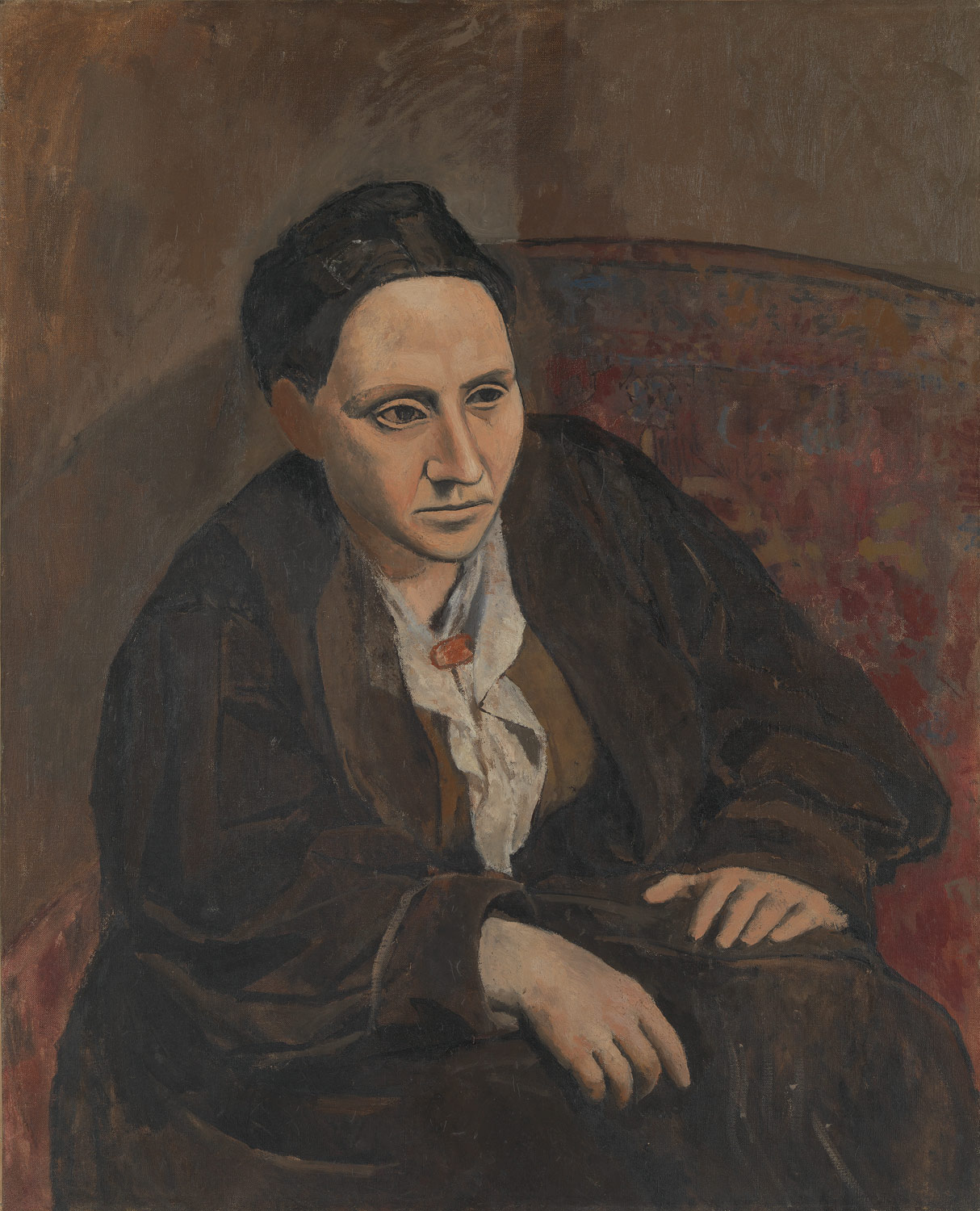_____
If we're postmodern, then what is it that we're post? When Ellmann and Feidelson published their anthology in the mid-1960s, their aim was to provide the material to define "modern" as it applies to the arts and literature, to give clarity and precision to a word that then denoted "a blur of book titles, a mood of impatience with anachronisms, a diffuse feeling of difference." Modern, they noted, was a label for "a distinctive kind of imagination," and "works we call modern ... claim modernity; they profess modernism." But the vagueness persists, even now that "the great age of the [twentieth] century's literature, the age of Yeats, Joyce, Eliot, and Lawrence, of Proust, Valéry, and Gide, of Mann, Rilke, and Kafka, has already passed into history." And the word denotes more than literature; rather, it encompasses "a large spiritual enterprise including philosophic, social, and scientific thought, and aesthetic and literary theories and manifestoes, as well as poems, novels, dramas."If we can postulate a modern tradition, we must add that it is a paradoxically untraditional tradition. Modernism strongly implies some sort of historical discontinuity, either a liberation from inherited patterns or, at another extreme, deprivation and disinheritance.... [M]odern literature has elevated individual existence over social man, unconscious feeling over self-conscious perception, passion and will over intellection and systematic morals, dynamic vision over the static image, dense actuality over practical reality.At the same time that modern artists and writers have embraced the future eagerly, they have also been haunted by "a sense of loss, alienation, and despair. These are the two faces, positive and negative, of the modern as the anti-traditional: freedom and deprivation, a living present and a dead past."
But giving the modern a starting point is not easy. Did we become "modern" at "the end of Victorianism, the beginning of romanticism, the mid-seventeenth century, the end of the Middle Ages"? Stephen Spender observed that the modern is characterized by a confrontation with the past and an inclusion of this confrontation "within itself as part of a single total experience," in what Spender called "the vision of a whole situation." Writers who valued originality and an attempt to free themselves from established models, media and genres, nevertheless "have been classicists, custodians of language, communicators, traditionalists in their fashion."
Ellmann and Feidelson say that their anthology is an attempt to provide materials toward an understanding of modernism, not "to argue a general theory of modernism." The selections in the anthology are from the "discursive statements by writers, artists, philosophers, and scientists" -- not the works themselves, but the essays, letters, prefaces, and other writings in which they discuss their works or the ideas that give rise to them.
The book has been divided into nine sections, each of them a topic "around which modern thinking whirls or clings." they are:
- Symbolism: "the concept of imagination, the autonomy of the work of art, formalism, the creative process, and the heroic role of the artist.
- Realism: "art as a function of environment," historic or social, "the pressures of experience and the responsibility of truthfulness."
- Nature: theories "of organic harmony, of biological struggle, of mechanistic force, and of human or scientific experiment."
- Cultural History: the "patterns -- dialectical, repetitive, symbolic, or religious -- by which the historical process has been shaped."
- The Unconscious: "Freudian ... and post-Freudian programs for the liberation of impulse."
- Myth: "anthropological and Jungian versions of the myth-making mind, along with more properly literary doctrines of mythic imagination."
- Self-Consciousness: "self-realization, the situation and process of consciousness, the inner divisions of the self, and the pursuit of personal freedom."
- Existence: "The existentialist analysis of ... selfhood."
- Faith: religion "in the decline of Christianity."
 |
| Pablo Picasso, "Gertrude Stein," 1905-06 |
Symbolism also stresses the open-endedness of art, asserting that "art is perhaps most effective when imperfectly understood. For Flaubert, "not to conclude is a characteristic of the creative mind," an affirmation of what Keats called "'negative capability,' meaning he acceptance of uncertainties, mysteries and doubts, without any compulsion to resolve them in rational terms or to weigh them by factual probability." I.A. Richards asserts that poetry makes what he called "pseudo-statements," which are "not to be judged by truth or falsity, but only by their effect in releasing or organizing many impulses and attitudes." Not surprisingly, didacticism is shunned in this view of art. Walter Pater's dictum that "All the arts aspire to the condition of music," emphasizes the premise that literature and the visual arts should give immediacy priority over description. Poetry advances beyond prose by attempting to evoke that which is beyond speech. Paintings should not be given titles that suggest they are "about" something but should be considered as things in themselves.
As for the artist, he or she should disappear into the work. "Though art does not reproduce the objective world, the work itself must be objective, not subjective." The medium in which the artist works is more important than the artist: It "takes control, leaving [the artist], as [T.S.] Eliot once wrote ..., no more than a catalytic agent." Eisenstein, writing about the effect of montage in film, notes that "splicing heterogeneous images together [achieves] an effect not paraphrasable or in any other way attainable."
The power of the artist to create makes him or her a heroic figure, one who "takes risks and suffers in order to create," becoming "an exemplar for human behavior.... On this principle, life itself may come to be a kind of artifact," and the creations of the artist may serve as guides to life, especially with the waning of the role of religion in people's lives.

No comments:
Post a Comment